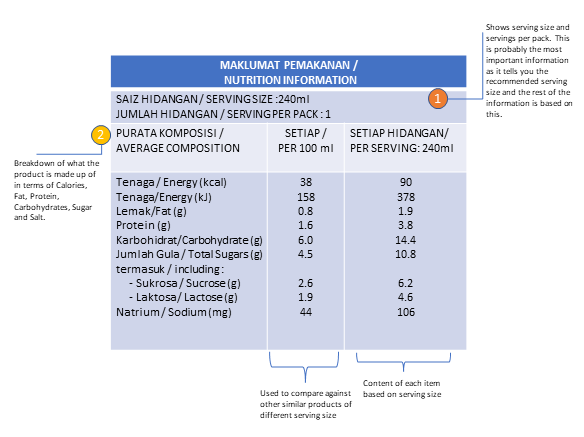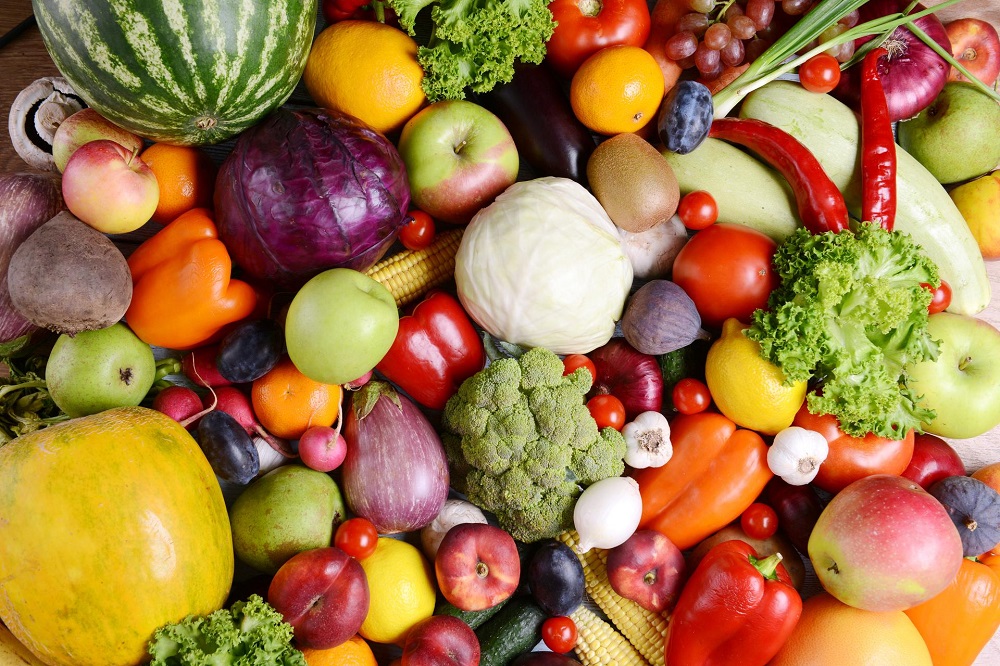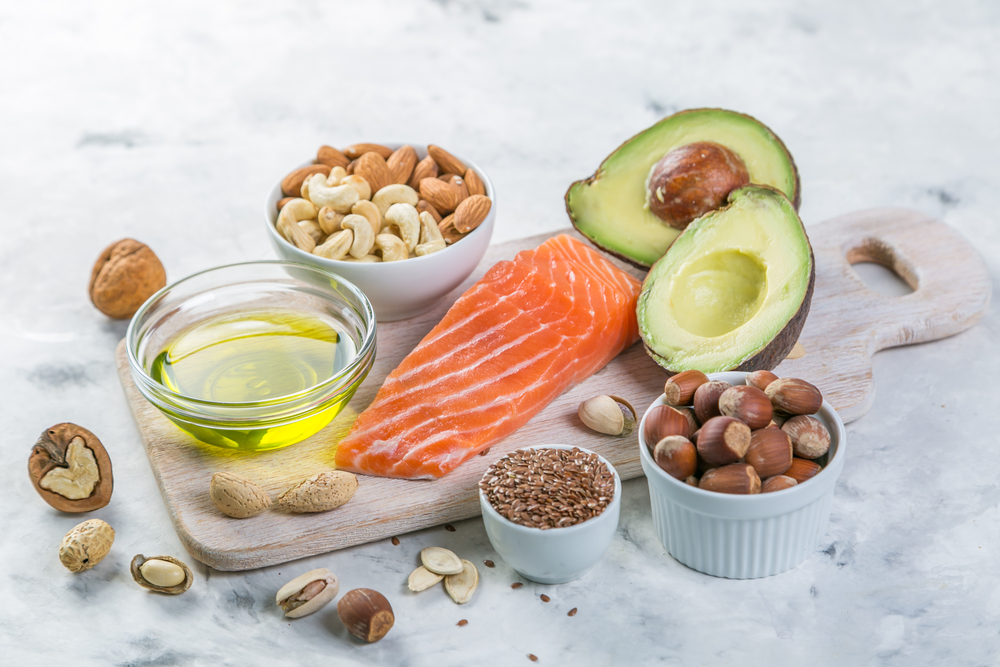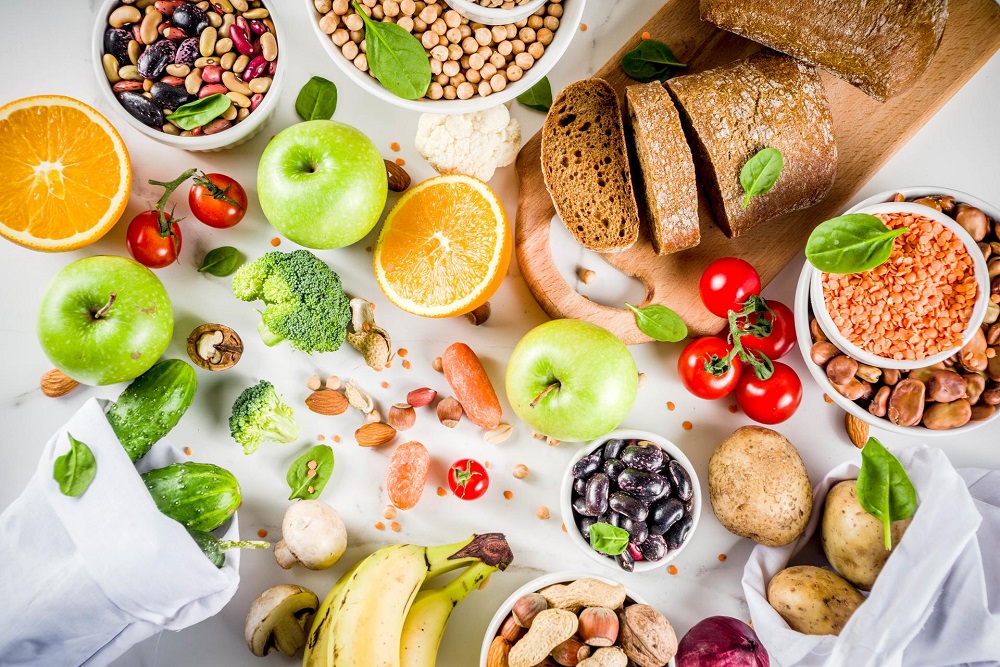Topics
Most packaged food items come with nutrition labels on their packaging. This allows consumers to make educated and informed choices on what they are purchasing and ultimately eating.
The Ministry of Health, Malaysia, amended the Food Regulations on 29 September 2005 to make nutrition labelling compulsory for certain foods and regulate health and nutrition claims. The nutrients that must be declared on the nutrition label are energy, protein, carbohydrate, and fat.
The regulations were further enhanced and will be effective in July 2022, where sodium and total sugar content need to be listed on the nutrition label as well.
Although it is only mandatory for certain food items to have nutritional labels, most large food manufacturers adopt the nutrition labels as a matter of convention. This means that most packaged food products will have nutritional labels for ease of reference.

Reading and understanding nutrition labels
Figuring out exactly what the nutrition labels mean can be tedious. You might be wondering what you should be focusing on and what is the meaning for each line item.
We have reproduced an actual nutrition label below and will explain how to read it.

- Serving size
Information regarding servings per pack and recommended serving size will be shown on each nutrition label.
In this example, the product is a canned drink and the whole can is meant as one serving size of 240ml.
Many other products – for example, canned soup or a tin of sardines – list the serving size as 4 servings. This will be clearly shown under the serving size area of the label.
Serving size is probably the first important item to note as the rest of the information is dependent on the serving size.
- Average composition
This area on the label tells you what the product comprises in terms of energy, fat, protein, carbohydrates, sugar, and salt.
Some labels also contain additional information like vitamins and mineral content. However, it must be pointed out that the Malaysian food regulations state that vitamin and mineral content can only be declared if there is a significant content of vitamins and minerals in the product. This is to protect consumers from misleading information.
- Energy
- Calories are an important factor in the nutrition content of food. This can be found listed under Energy.
- Let’s talk about the kcal unit of measurement. Where food is concerned, 1 kcal actually equals 1 Calorie. The confusion is due to the scientific definition of calories, which is the amount of heat required to raise one kilogram of water by 1 degree Celsius. Just remember that 1 kcal = 1 Calorie.
- Energy is also sometimes listed as kJ (kilojoules). This is just another unit of measurement that some people are more familiar with.
- Fat
- Fat content is shown in grams, and this shows how much fat the product contains. Some labels break down the type of fat into saturated fat and trans-fat.
- While your body needs fat, too much fat in a product is not good and alarm bells should ring if there is a high trans-fat content on the label. That's what you should look out for.
- Other nutrients
- The rest of the information shows the amounts of protein, carbohydrates, sugar, and sodium (salt). Once again, look out for products with high sugar and/or sodium content. Too much of either of these is usually not a good sign.
- Product composition value
- There are two columns that reflect the value of the product composition:
- One column shows the composition for one serving size.
- The other column shows the composition for 100ml or 100g of the product.
- This is particularly useful when you compare the composition values of two different products that may not have the same serving size.
- By standardising it to 100ml (liquid) or 100g (solid), the consumer is able to make a fair comparison without being influenced or confused by serving size.
- There are two columns that reflect the value of the product composition:
- Energy

Make an appointment at Gleneagles Hospitals
Now that you understand how to read nutrition labels, you can make educated and informed choices when purchasing food and beverage products.
Contact the team of dietitians at your nearest Gleneagles Hospital if you have further questions about understanding nutrition labels and to get professional nutrition and dietary advice in your journey towards better health.
If you would like to make an appointment for health screening, please contact the health screening centre at the Gleneagles Hospital nearest to you.


















